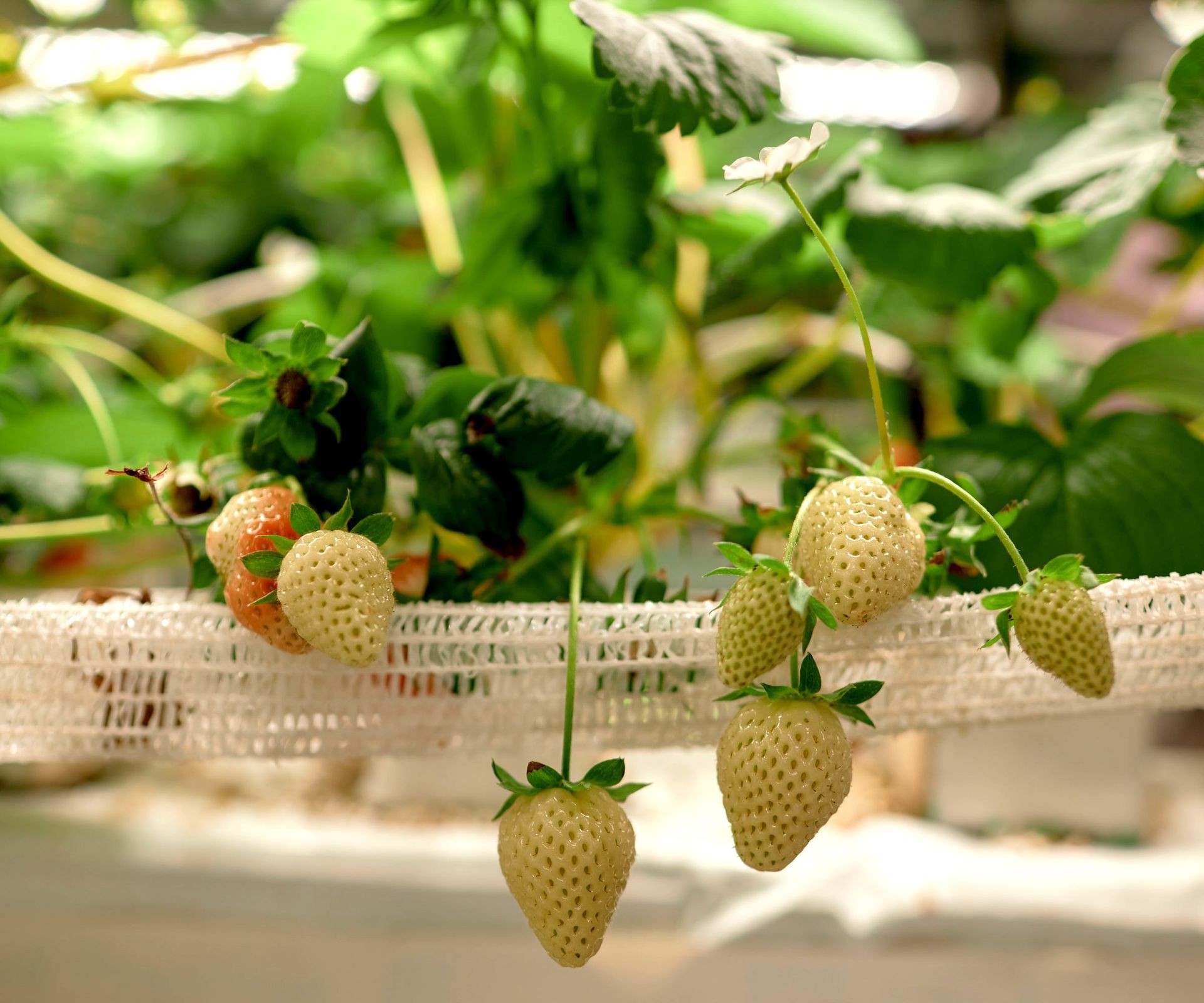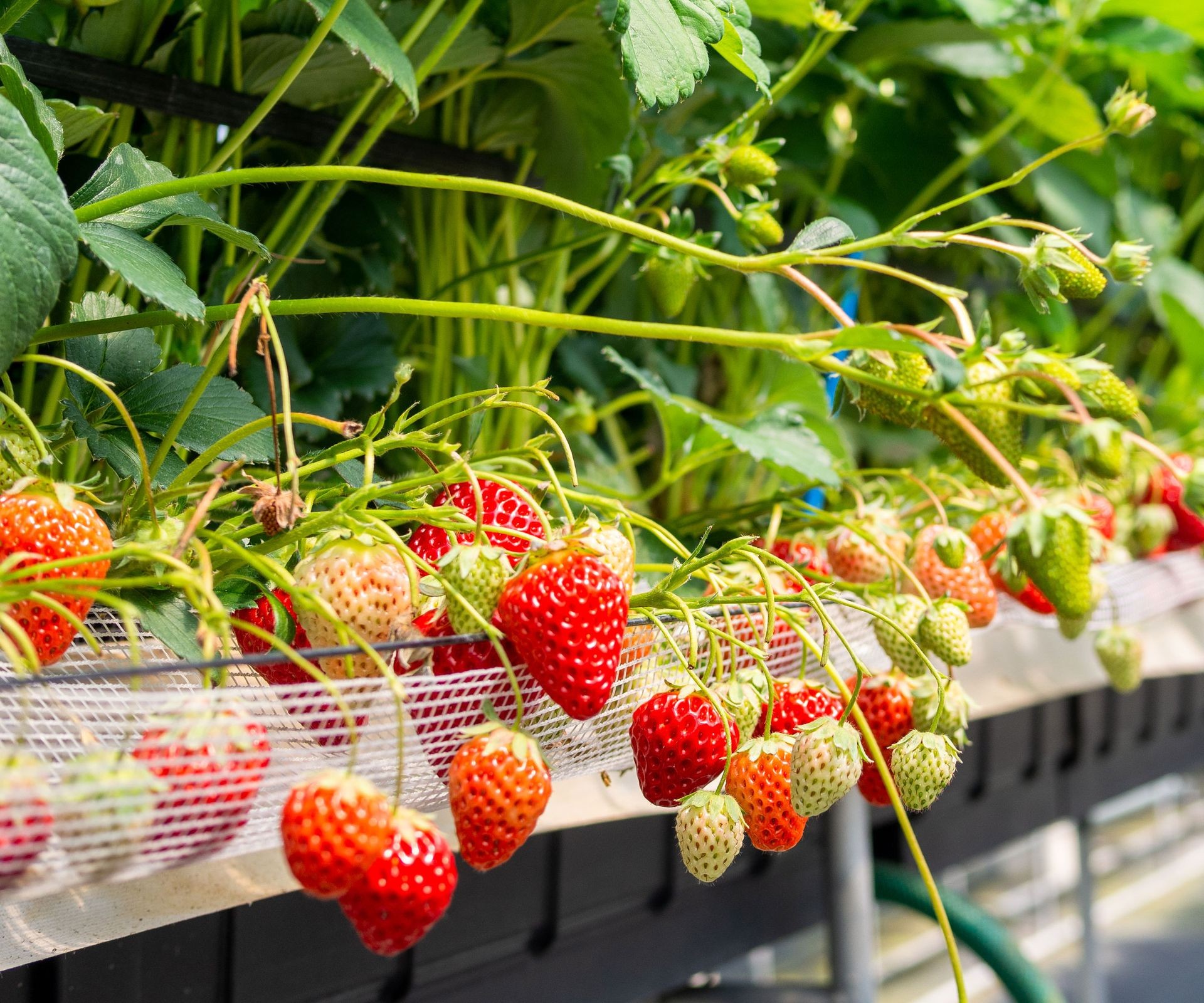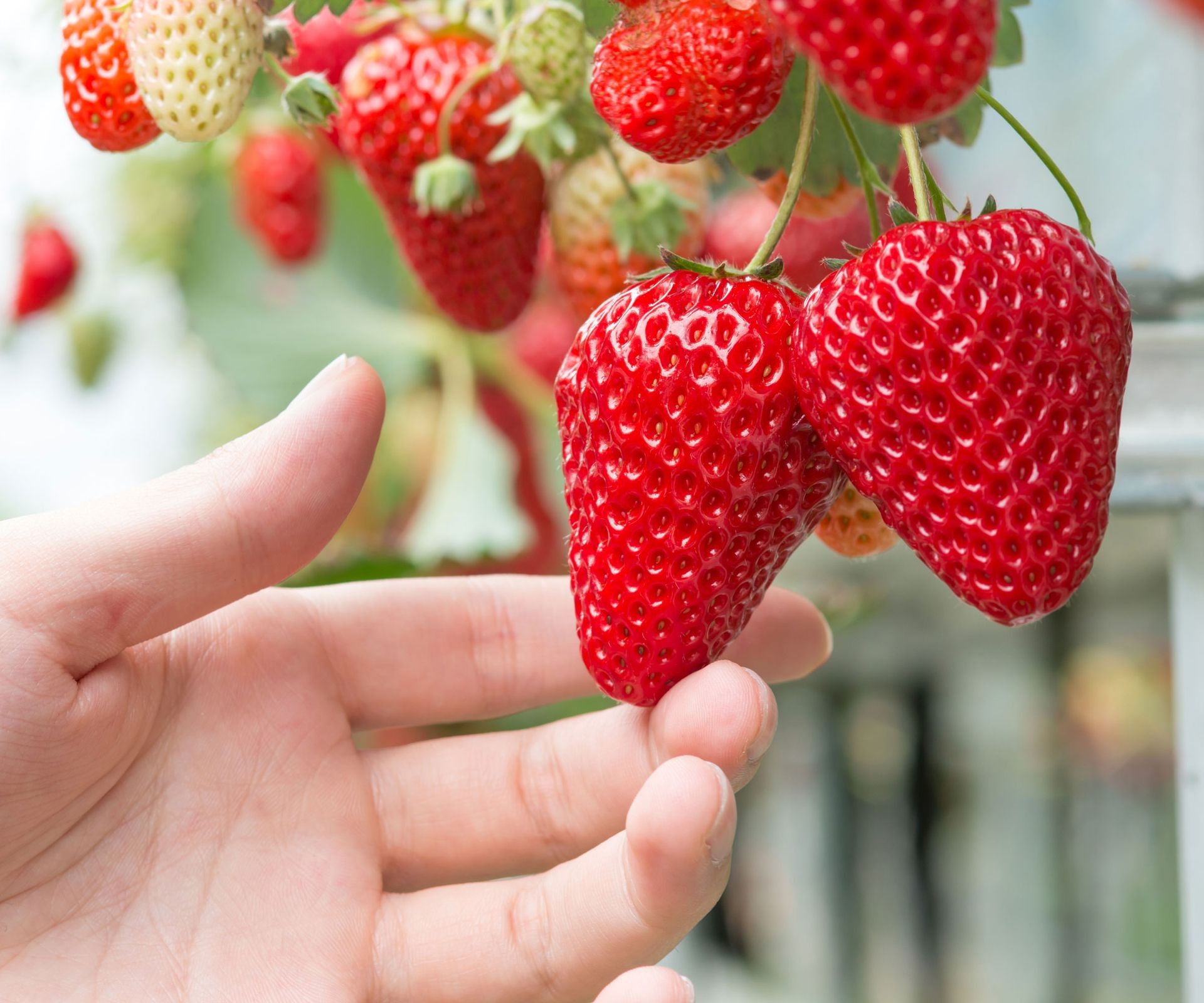No products in the cart.
NEWS
Growing Hydroponic Strawberries: Cultivating Juicy Berries Without Soil
Growing strawberries using hydroponic methods is becoming increasingly popular for gardeners seeking efficient and clean cultivation techniques. This innovative approach requires significantly less space and conserves up to 90 percent more water compared to traditional soil-based methods. A major advantage is the elimination of soil-borne diseases, drastically reducing common pest issues. Plus, you can say goodbye to weeding!
If you’re eager to explore a cleaner, potentially faster way to grow your own strawberry plants, delving into hydroponics is an exciting step. Hydroponically grown strawberries can be surprisingly easy to manage, especially during warmer months, though they do benefit from attentive care. This guide will walk you through the effective cultivation of rewarding hydroponic strawberries, offering insights into producing these delightful fruits right at home.
What Exactly Are Hydroponic Strawberries?
Put simply, hydroponic strawberries are strawberry plants cultivated in water-based nutrient solutions rather than traditional soil. Instead of soil providing support, a porous substrate like perlite, LECA pebbles, gravel, or Rockwool is typically used to anchor the roots. For the plants to thrive and develop, essential nutrients are dissolved directly into the water, which the roots then absorb.
While various ready-made hydroponic systems exist, such as vertical towers or stackable units, building a simple deep-water culture (DWC) system is also a feasible option for home gardeners. A basic indoor hydroponic setup can be constructed using readily available items like a plastic, food-grade container with a lid, or even a five-gallon bucket fitted with a suitable lid. This simplicity makes hydroponics accessible even for beginners.
Essential Equipment for Your Hydroponic Strawberry Setup
One of the most critical considerations when setting up any hydroponic system is providing adequate light. If growing outdoors, ensure your system receives full sun. For indoor cultivation, supplemental lighting is essential. High-quality LED or fluorescent grow lights can provide the necessary spectrum for healthy plant growth. A pH test kit, such as test tape or strips, is also invaluable for monitoring the water’s acidity level.
Here is a checklist of key components you will need to get started:
- Strawberry Plants: Begin with healthy seedlings or plugs specifically suited for propagation.
- Food-Grade Container: A plastic tub or bucket designed for food contact is crucial to hold your nutrient solution safely.
- Lid: This secures the plants and blocks light from the water (to prevent algae growth). Styrofoam or a plastic lid with holes cut to size works well.
- Hydroponic Fertilizer: Standard soil fertilizers are not suitable. You’ll need a nutrient formulation specifically designed for hydroponic systems and for fruiting plants like strawberries.
- Net Pots: These small pots have slitted or mesh sides, allowing roots to grow through and access the nutrient solution while providing plant support. They come in various sizes.
- Substrate: A sterile, inert medium like perlite or LECA pebbles fills the net pots, supporting the plant and roots.
Maintaining strict cleanliness is paramount throughout the process to prevent bacterial contamination. Always thoroughly wash and sanitize your container and all equipment before setting up and between planting cycles. A diluted bleach solution (e.g., one tablespoon of bleach per gallon of water) is effective for sanitization.
 Young hydroponic strawberry plants developing fruit within net pots
Young hydroponic strawberry plants developing fruit within net pots
Preparing Plants and Net Pots
You can start with strawberry plugs purchased from a nursery or grow your own seedlings in soil trays initially. If starting in soil, carefully rinse all soil particles from the roots before transferring the seedlings to the net pots. Before using your net pots and substrate, it’s a good practice to soak the substrate material for about 24 hours, then rinse it thoroughly before placing your seedlings within the net pots. The net pots are typically secured in the lid by cutting holes just slightly larger than the pot diameter, allowing the pot rim to rest on the lid surface.
Mastering the Water System
In a DWC system, a critical element is the air gap between the water’s surface and the base of the net pot in the lid. This space ensures the upper part of the roots has access to oxygen, which is vital for plant health. A common mistake in hydroponics is failing to provide this air. After the roots extend beyond the net pot, aim to keep only about one-third to one-half of the roots submerged in the nutrient solution. This allows the lower roots to absorb nutrients while the upper roots breathe.
Monitoring and adjusting the water’s pH level is essential. The pH affects the plants’ ability to absorb nutrients effectively. Strawberries thrive in a slightly acidic to neutral pH range, ideally between 6.0 and 7.0. If your pH is too low, you can gradually increase it by adding small amounts of baking soda. To lower the pH, add dilute solutions of acids like sulfuric, citric, or phosphoric acid cautiously. Always check the pH before and after adding fertilizer, as the fertilizer can change the pH level.
Water alkalinity, caused by the presence of bicarbonates, can also impact your system. High alkalinity makes it difficult to lower pH and causes it to rise over time. If your water has high alkalinity, check the pH more frequently and adjust as needed. Using an acidic-formulated hydroponic fertilizer can help buffer against pH increases.
When it comes to fertilizing, use a commercial hydroponic strawberry nutrient solution. The nutritional needs of plants grown directly in water are fundamentally different from those grown in soil. Follow the manufacturer’s instructions precisely regarding the amount of fertilizer to add per gallon of water.
 Ripe red strawberries growing in a hydroponic net pot system
Ripe red strawberries growing in a hydroponic net pot system
Nurturing Your Hydroponic Strawberry Plants
As your strawberry plants grow and flourish, the water level in your container will decrease due to plant uptake and evaporation. You’ll need to refill the water regularly. For plants growing over an extended season, performing complete water changes every few weeks is beneficial to refresh the nutrient solution and prevent salt buildup. Before refilling, clean the container thoroughly with soap and water. When adding fresh water, remember to add the appropriate amount of nutrients for the volume of water added, and re-check the pH, making adjustments as necessary.
One of the benefits of hydroponics is often faster growth. Pruning your plants helps manage their size, improves air circulation, and directs energy towards fruit production. Use clean, sanitized pruners to remove old or yellowing leaves, runners (unless you want to propagate new plants), and any excessive growth. Strawberry plants tend to produce many small flowers, which can result in numerous small fruits. To encourage larger, more substantial berries, consider thinning some of the flowers when they appear.
 Close-up of juicy, ripe hydroponic strawberries ready for harvest
Close-up of juicy, ripe hydroponic strawberries ready for harvest
Addressing Potential Challenges
While hydroponics reduces many soil-borne issues, challenges can still arise. In a water-based system, diseases can potentially spread rapidly if introduced. Regularly inspect your plants for any signs of disease or pests. If a plant shows signs of illness, it’s often best to remove it immediately to prevent spreading.
Pests can also be a problem, although often less severe than in soil. Act quickly if you detect insects. For wingless pests like aphids, mealybugs, or mites, you can often manually remove them or gently clean the affected leaves with a cotton swab dipped in water mixed with a tiny amount of mild dish soap. If an infestation is significant, removing the heavily affected plants might be necessary to protect the rest. As Dr. Anya Sharma, a plant pathologist specializing in hydroponic systems, advises, “Vigilant monitoring is your first and best defense against both disease and pests in a hydroponic setup.”
Harvesting Your Hydroponic Bounty
Harvesting hydroponic strawberries follows similar criteria to harvesting soil-grown fruit: pick them when they are fully colored and ripe. However, sanitation is crucial during harvest in a hydroponic system to avoid potentially introducing or spreading bacteria. Handle the fruit carefully and use clean tools if cutting stems. Once a crop cycle is complete or if you are performing a system change, it is vital to thoroughly clean and sanitize all components of your hydroponic system before starting a new planting.
Conclusion
Growing hydroponic strawberries offers a rewarding way to enjoy fresh, delicious berries with numerous advantages over traditional methods, including water conservation, space efficiency, and reduced pest and disease pressure. By understanding the basic principles of deep-water culture, selecting the right equipment, maintaining optimal water conditions, and providing consistent care, you can successfully cultivate a bountiful harvest of these sweet fruits. Explore how Biogarden.asia’s quality products and resources can support your hydroponic gardening journey. Start growing your own hydroponic strawberries and taste the future of fresh produce!



